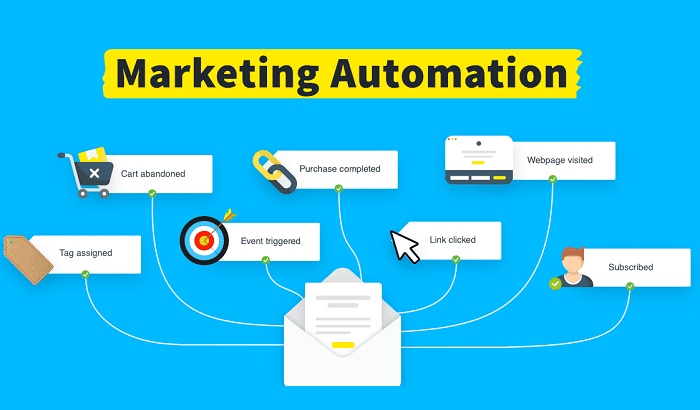
Selecting the right platforms for marketing operations is one of the most significant choices a business can make. A carefully selected platform helps teams streamline campaigns, strengthen communication, and maintain consistent messaging across channels. The impact of the decision reaches far beyond daily tasks, shaping long-term efficiency and growth.
Business strategies become unstoppable once marketing automation integration connects every step of the path. Seamless integration also allows real-time updates across systems, giving teams immediate access to accurate data for faster decision-making. This leads to improved customer experiences and higher overall campaign performance.
Platform Compatibility Factors
The first step in platform selection is checking how well it connects with existing systems. Strong compatibility allows seamless data exchange between customer relationship management tools, analytics dashboards, and email services. Without alignment, workflows can stall, and manual processes may return. Key elements include API connectivity, authentication support, and real-time synchronization. These features ensure smooth information flow, maintain data accuracy, and reduce duplication. Focusing on compatibility strengthens campaign performance and supports long-term operational stability.
Ease of Use and Navigation
Even the most advanced systems lose value if they are difficult to operate. Usability should remain a top priority, as an intuitive interface encourages faster adoption across teams. Clear workflows, responsive reporting modules, and logical navigation keep processes efficient while reducing training time. Platforms that include customizable dashboards and built-in analytics provide complete campaign visibility. When users can configure automation flows and measure engagement easily, they focus on outcomes, ensuring long-term adoption supported by robust features.
Integration with Existing Tools
Marketing success depends on the seamless interaction of multiple applications. A strong platform should integrate with form collection systems, payment gateways, communication hubs, and scheduling tools. These integrations eliminate silos and allow campaigns to be managed from a single environment. Features such as workflow automation, real-time triggers, and cross-channel reporting create an ecosystem where every customer interaction is tracked and updated instantly. Proper integration ensures that marketing data flows into the right systems, enabling faster responses and consistent engagement across channels.
Scalability of Platform Options
Scalability is a vital factor when choosing a platform that can grow with business needs. As campaigns expand, the system must handle larger databases, increasing engagement volumes, and additional communication channels without disruption. Cloud-based infrastructure often supports this flexibility, offering the ability to expand resources seamlessly. Scalability ensures that the investment continues to perform as marketing demands increase, protecting businesses from costly platform migrations. A scalable solution creates stability while still allowing room for innovation.
Support and Vendor Reliability
Technical support and vendor reliability play a significant role in the success of platform adoption. Strong assistance ensures that issues like failed API calls, workflow interruptions, or calendar synchronization errors are resolved without prolonged downtime. Reliable providers supply documentation, live support options, and regular updates. These measures ensure that the platform remains secure, compliant, and aligned with industry standards. Trustworthy support strengthens confidence among teams and maintains consistent performance across campaigns.
Selecting the right platform for marketing automation integration requires attention to compatibility, usability, integration, scalability, and vendor reliability. Each element directly impacts marketing efficiency, campaign performance, and the accuracy of customer data. When businesses focus on these factors, they build a reliable system that keeps operations streamlined and results measurable. Taking action on platform selection prior ensures stronger alignment between systems and more efficient campaign execution.




